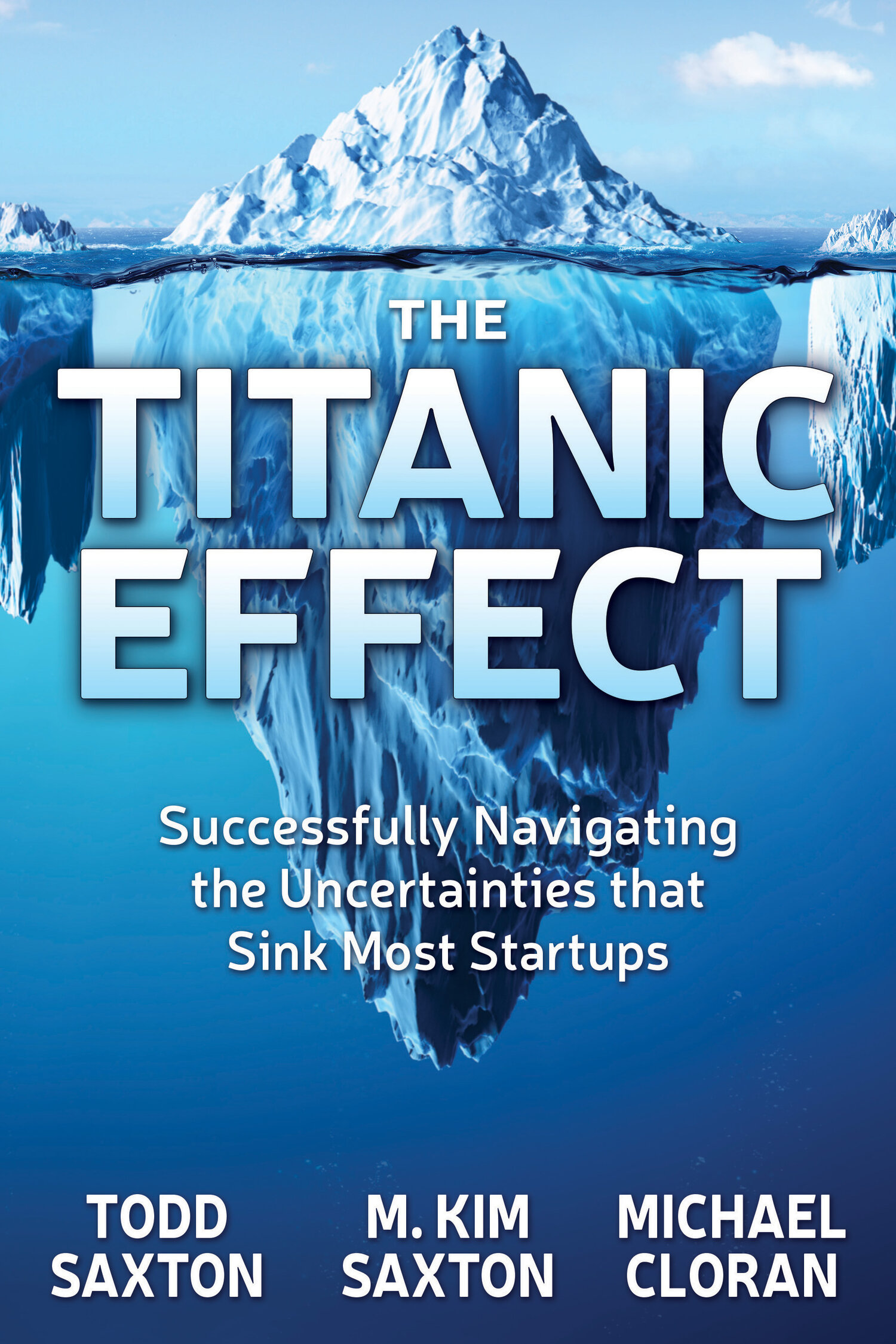These are hard times for all of us. The pandemic is taking a global toll on our health and our economy. It is a time of tremendous uncertainty. Why would you possibly start a company during such challenging times?
First, there is a history of great companies being started in hard times. Going back more than a century, GE and IBM, Fortune 100 companies today, were founded during the 1890s, a time of great upheaval and tough times with a major banking crisis. In fact, the original J.P. Morgan of banking fame, Director of the White Star Line who built and operated the Titanic, was instrumental in steering the U.S .economy from the brink of collapse in the late 1890s. Read more about J.P. Morgan and how he affected the Titanic’s demise in our book, The Titanic Effect.









